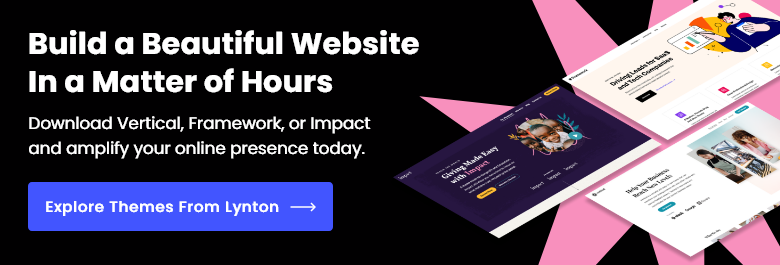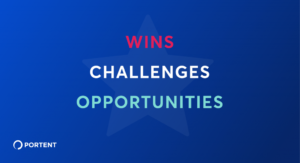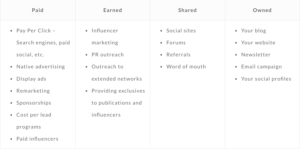The last thing people want to feel like is a cog in a machine that keeps a company operating. As marketers, we sometimes forget that as we pump out blog after blog. Think about how you feel when receiving a gift, a letter, or even a bouquet. All these things are personalized to you, making you feel special.
That’s why there is a growing buzz around website personalization. Most companies realize the importance of creating a personalized experience, but they aren’t sure of the best way to approach it.
Here are some easy ways to start.
What is Website Personalization?
Website personalization is when marketers create unique experiences for customers using tailored recommendations, dynamic content, and exclusive offers. They do this by monitoring a visitor’s behavior on their website and factoring in the visitor’s demographics and interests.
With website personalization, you’re considering each audience segment and addressing their needs, pain points, and desires.
Tools that collect this information include buyer personas, geolocation, device type, and time spent on pages. Using this information, you can create content visitors relate to and engage with.
Why should you care about website personalization? Because 9 out of 10 consumers are more likely to engage with brands that give them personalized recommendations.
3 Ways to Add Personalization to Your Website
1. Segmentation
Regardless of the technology your website uses, you’ll need to segment your website visitors. Consider how you bucket customers in real life. Men or women? Small business or large business? Domestic company or international company? DIY or professional? English speaker or non-English speaker? Whatever buckets you have in real life, you will likely need them on your website. You can often align your online approaches to customers with your real-life approaches to them.
You’ve likely already taken this step if you’ve created buyer personas or ideal client profiles. These resources usually segment your audience by job title, purchasing power, location, where they consume news, age, level of education, etc.
2. What Messaging Changes and When
What content (i.e., webpages, email, blogs, calls-to-action) will you present to the different buckets of your visitors, and when will you present that content? It’s all about delivering the right message to the right person at the right time.
For example, women may shop for their clothes online based on size and color, while men might shop for apparel based on price. Once you determine whether your website visitor is male or female, you can serve up content or products based on the way they typically shop or gather information online.
Maybe you want to present different information based on zip code (think about weather) or even based on age. A messaging flowchart can help determine when to deliver the appropriate message to the your audience.
You can even set up workflows to trigger when your audience hits certain enrollment triggers on your site.
3. Message Management
Now that you’ve segmented your audience and understand how to alter your messaging, how will you manage their deployment? This is where the technology you choose comes into play.
HubSpot has loads of features that allow you to build and manage a personalized website, including drag-and-drop editors and smart rules. Test your webpages in HubSpot to find which one resonates most with visitors.
Get Started With Website Personalization
Adding personalization to your website is a great way to build brand loyalty. By giving your customers the information they need when they need it, you’ll build a fan base that’ll promote you through word-of-mouth marketing and beyond.
Build a beautiful, personalized website experience using one of our free HubSpot marketplace themes. Tailored to different industries, you’re sure to find one that will meet your needs. View them here.
![]()




